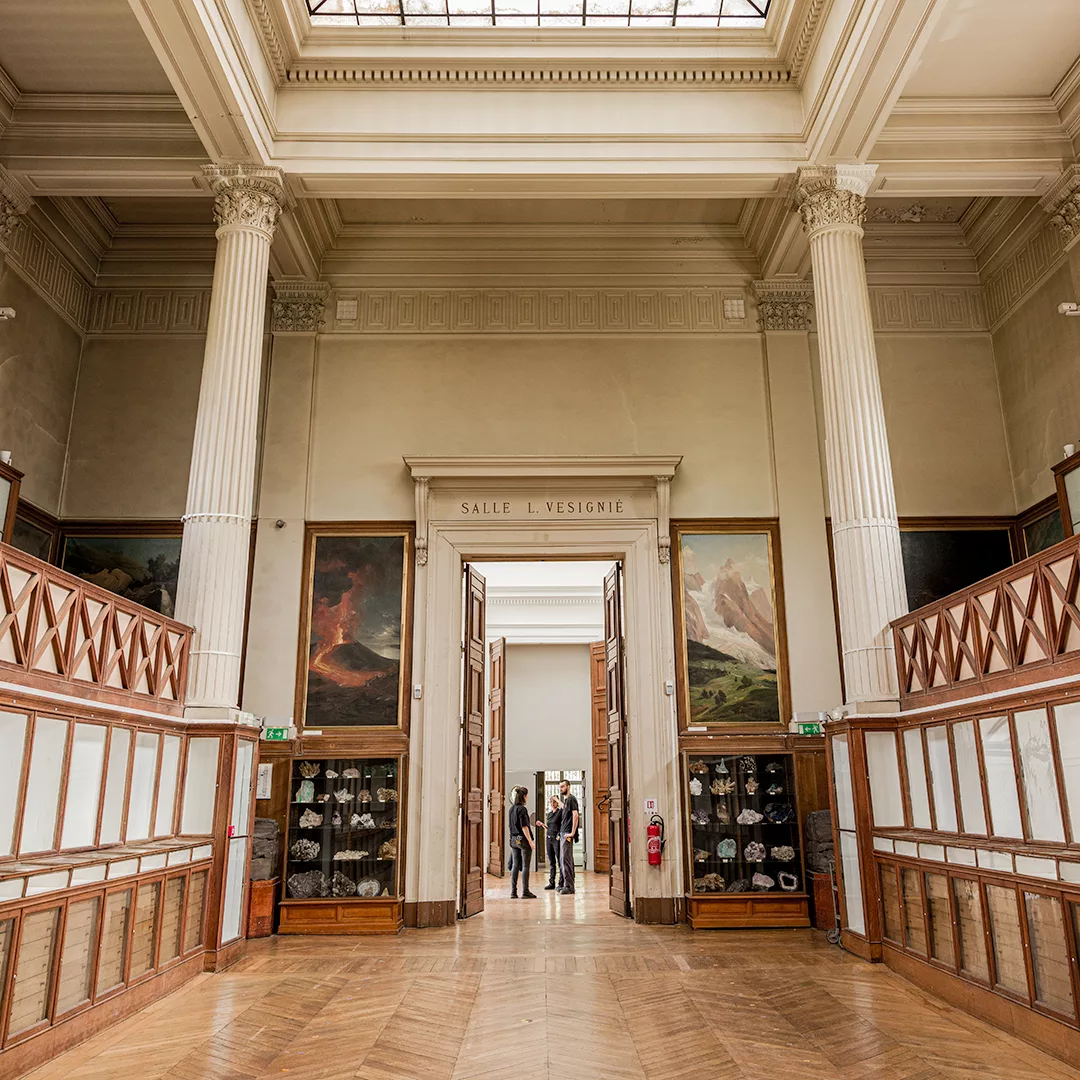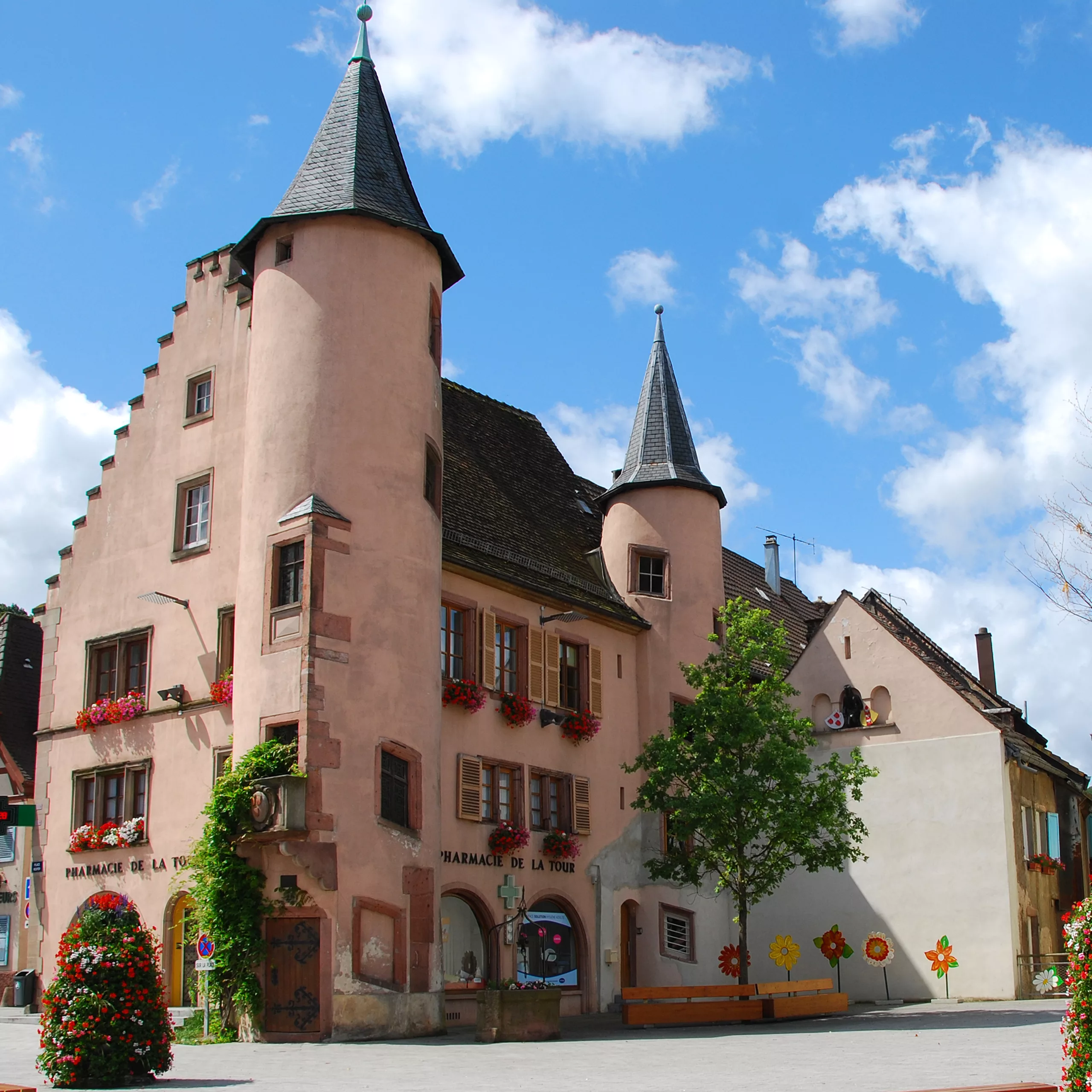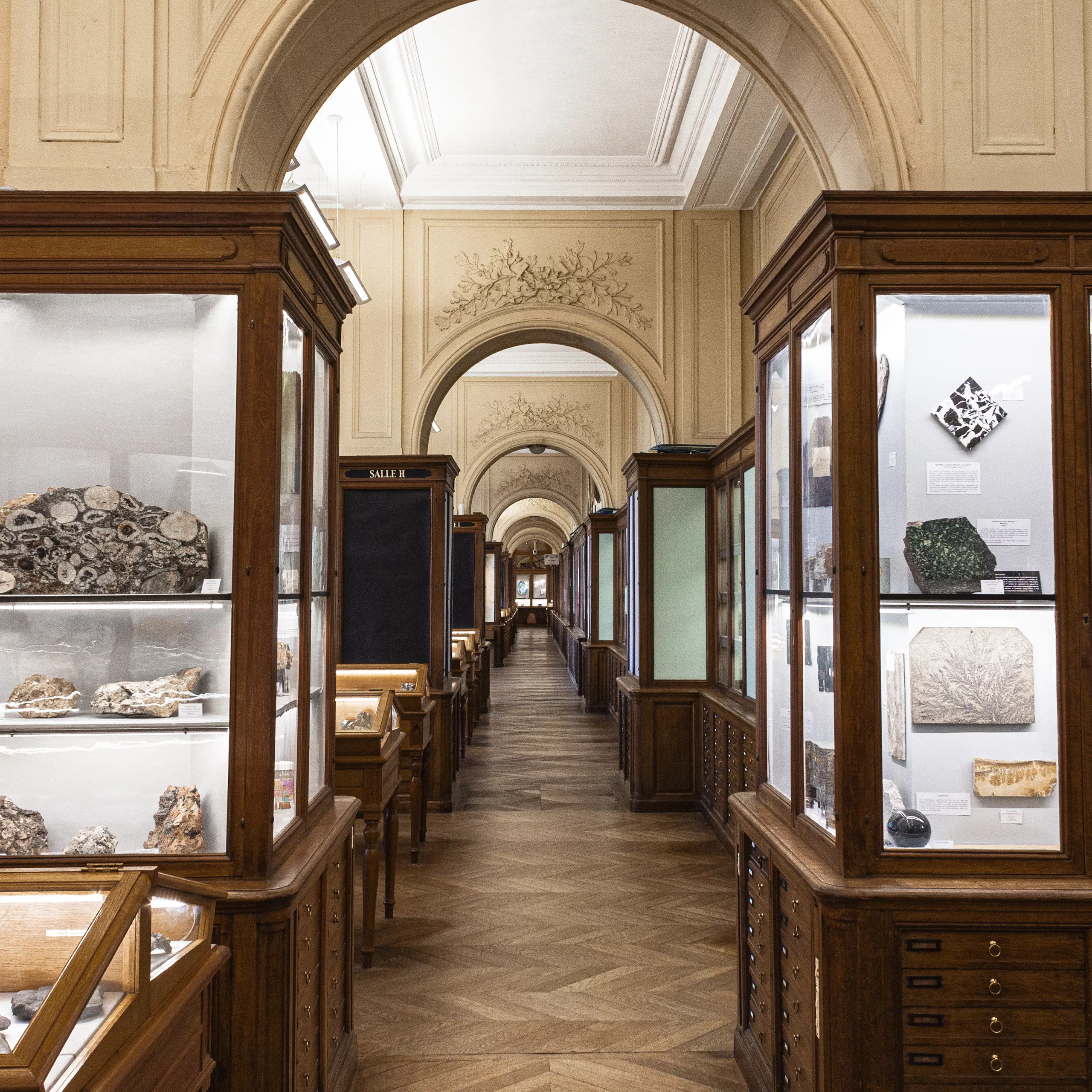Article published May 19, 2025.
Under the cobblestones, quarries.
Behind this discreet, almost ordinary white material lies a unique mineral: gypsum.
Known since Antiquity, it was mined as early as the Middle Ages beneath Montmartre, Belleville, and Les Buttes-Chaumont, then transformed by the city’s plasterers.
Over time, it has shaped the history and architecture of Paris, eventually becoming part of its very identity.
Plastering Paris!
On façades as well as interiors, plaster shaped, protected, and elevated, becoming an essential element of Parisian housing.
But in 1667, it took on a whole new dimension – by royal edit. This decision, Paris owes to London. A year earlier, a devastating fire had ravaged the English capital, destroying over 13,000 homes and 87 churches. Determined to avoid a similar tragedy, Louis XIV consulted his urban planners.
Their verdict was clear: given the abundance of gypsum in the Île-de-France region and its fire-resistant properties, only plaster could protect Paris from fire.
The king then made its use mandatory. Paris was plastered, for its own survival.
«Our fathers had a Paris of stone; our sons will have a city of plaster.»
Victor Hugo
The massive use of plaster came at a cost.
As gypsum extraction intensified, the quarries weakened the ground and entire streets began to collapse.
Faced with this growing danger, Louis XVI created the General Inspection of Quarries in 1777, tasked with mapping a now-threatened underground.
By 1881, the population of Paris had quadrupled since 1800, swallowing up surrounding districts.
Victor Hugo, in Notre-Dame de Paris, sounded the alarm: “Monuments are becoming increasingly rare, and it feels as if we see them slowly vanish, drowned among the houses. Our fathers had a Paris of stone; our sons will have a Paris of plaster.”
An enduring legacy.
If molded plaster still dazzles in salons and museums – a testament to French craftsmanship – it’s on the plaster-coated façades shaped between the 17th and mid-20th centuries that nearly half of Paris’s buildings, and a vast portion of the Île-de-France architectural heritage, continue to silently tell the intimate story between Paris and gypsum.
Today, Saint-Gobain, the global industry leader, and its subsidiary Placoplatre (CertainTeed in the U.S), creator of the iconic placo, continue this centuries-old connection.
In Vaujours (Seine-Saint-Denis), Placoplatre operates the largest plasterboard factory in Europe, sourcing its material from two flagship gypsum quarries in the Île-de-France region: Cormeilles-en-Parisis (Val-d’Oise), whose exceptional gypsum purity accounts for 60% of France’s plaster exports, and Montmorency (Val-d’Oise), Europe’s largest underground quarry, designated a Project of National Interest since 1999 for its strategic importance.
Sources :
https://www.histoires-de-paris.fr/recit-carrieres-platre-charles-sellier/
https://immobilier.lefigaro.fr/article/le-saviez-vous-la-moitie-de-la-ville-de-paris-est-en-platre_eb5d32de-07ac-11e6-b343-ee4e2863feef/
https://fr.wikipedia.org/wiki/Rue_des_Chaufourniers
https://www.espazium.ch/fr/actualites/le-platre-ce-bon-rien-si-extraordinaire
https://theses.hal.science/tel-02067379v1/file/71311_LE_DANTEC_2019_archivage.pdf



